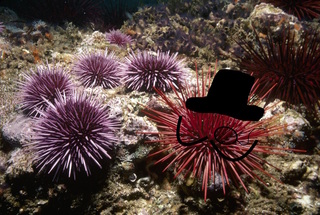 Welcome to Baron von Urchin! Welcome to Baron von Urchin! Hello! And welcome to Baron von Urchin. This blog is dedicated to the pursuit of adventure, science, and the adventure that is the scientific process! I’ll be your host, Pike Spector. So, where to begin? Well, I just finished my first year of graduate school at San Diego State University. After receiving a B.S. in marine biology at UC Santa Cruz I worked a series of interesting, if albeit challenging, jobs and internships that eventually, by some circuitous path, led me to join Dr. Matt Edwards’ phycology lab at SDSU. For those of you that don’t know, phycology (\fī-ˈkä-lə-jē\) is the study of algae. You may be asking yourself, “Algae? That’s weird, I like fish”. But, I am here to convince you that algae are always interesting. First tidbit, algae is actually plural; alga is singular. Thought-provoking eh? Most of my background related to marine ecology, in some capacity or another, has revolved around SCUBA diving. My theory is, if you want to study anything in the ocean you’re going to have to get your face wet, at least a few times. While many recreational divers tend to opt for warm, sunny and tropical dive destinations, I have always been enamored with temperate rocky reefs, mainly the vast forests created by the giant kelp, Macrocystis pyrifera. Giant kelp forms the foundation of an extensive food web that supports many commercially and recreationally valuable fish, invertebrates and algae. Kelp forests support some of the highest biodiversity of any marine ecosystem in temperate waters. However, kelp forests, especially near highly populated coastlines, are being threatened by a variety of anthropogenic (human derived) sources. These disturbances, such as pollution, overfishing, and coastal development can alter the community with devastating consequences. Which leads me to the crux of my master’s thesis. At one point, between college and graduate school, I worked on a kelp forest restoration project in Palos Verdes, California. Primarily due to overfishing, and the loss of major predators, sea urchin populations in certain areas of the coast, are rapidly increasing. Urchins typically feed on kelp detritus (think leaf litter, but from kelp), which is a vital part of kelp forest ecosystems. Hiding in cracks to avoid being eaten, sea urchins wait for floating pieces of kelp to drift by. However, if the aquatic buffet line shuts down, then the urchins come out of their hiding spots and start chowing down on kelp itself. Urchins can remove whole kelp plants just by chowing down on the kelp’s base, aka its holdfast. Once the kelp is gone, the urchins tend to devour any other algae in their path. Once all the algae are gone, the zombie-like urchins go into a sort of mediation mode, where they can survive on the tiniest bits of food. We call these large aggregations of half-starved urchins “urchin barrens” because nothing can grow there. Any settling young algae is immediately grazed by the urchins. It takes a large disturbance event to remove the urchins, such as a strong El Niño, or the hammers wielded by dauntless volunteer divers. While working on this restoration project (aka while spending hours underwater smashing hapless urchins with a hammer in each hand) I started to wonder about how the community might look like once the urchin population is kept in check. Being a field technician by trade, I opted to couple extensive diving surveys with some experimental field methods to address my questions. For my master’s thesis I will travel from Monterey to Santa Barbara, Palos Verdes to San Diego and even south of the border into northern Baja California to investigate the differences in Net Ecosystem Productivity between kelp forests and adjacent sea urchin barrens. You might be wondering, “what in the world is Net Ecosystem Productivity anyway?”. Well, I’m glad you asked. Let’s go slow. Basically, NEP is the combination of photosynthesis and cellular respiration. Photosynthesis is the process that plants and algae use to turn sunlight and carbon dioxide into sugar and oxygen. Cellular respiration is essentially the metabolism of the cells in your body, and in the bodies of other organisms. Cellular respiration uses oxygen molecules to make energy; typically, carbon dioxide is the by product. So basically, plants and algae make oxygen (and sugars), and everything else uses it up. Right! Well, not quite. Plants and algae also respire, so we can look at the balance of a given system by knowing the components of the process: oxygen and carbon dioxide. Great! So, now we know that there is a difference between photosynthesis and respiration. Now what? Why do we care? Basically, since algae, in this case giant kelp, form the basis of the ecosystem, we are concerned with its productivity. The more giant kelp in the system, the more plant matter is made and hence more energy (in the form of complex carbohydrates) can be cycled through the system. Everything from tiny snails, to mussels, scallops to oysters, shrimps to crabs, fish to birds, and dolphins to whales in temperate waters has some kind of kelp derived carbon in it. That’s pretty impressive! Now, lets say we want to measure the productivity in an urchin barren. What do you think we’re going to find, more photosynthesis or more respiration? If you said more respiration you’d be right! Essentially, I am going to be looking at the amount of productivity versus respiration in a kelp forest and an adjacent urchin barren. Sounds simple enough right? Well, actually it really isn’t that hard to do these days. We can use oxygen sensors to measure the amount of oxygen made (aka photosynthesized) or used (aka respired) in a given volume of water. Ah yes, a given volume of water. That’s where the fun comes in. The ocean is a big, big place, and we’re not interested in the oxygen made or used in the whole ocean, at least not for this study. So, the Edwards Lab as been working in conjunction with another lab at SDSU to find a way of capturing a volume of water and containing it for a period of time long enough to see what’s going on. This initiative was started as a result of an upcoming expedition our lab is undertaking, but more on that soon (spoiler alert: we’re going to the Aleutian Islands!). Low and behold, in just four short months, we were able to make 18 photo-respiration chambers, aka tents, to be deployed in both kelp forests and sea urchin barrens. And guess what, they work really well! My lab mate, Genoa, who is investigating the infamously invasive algae Sargassum, was able to deploy chambers on Catalina Island last month. And recently Genoa and another lab mate, Scotty, and I deployed chambers in Palos Verdes for both my study and Genoa’s project. Real science! (results pending). Well, now that you’re caught up, I hope you’ll agree that algae are at least somewhat interesting. Still not impressed? Then stay tuned for the next post about our upcoming expedition to the great white north!
15 Comments
Batsheva
6/15/2016 12:18:38 pm
bon voyage!
Reply
8/20/2022 11:49:30 pm
NestaCloud VDS Sunucu kampanyalarından hemen yararlanın. Tüm hosting ve sunucu hizmetlerinde sezon indirimi başladı. %50 indirim ile sizde dilediğiniz sunucuyu ilk ay indirimi ile kullanabilirsiniz. Artık sunucu sahibi olmak çok kolay.
Reply
8/21/2022 04:53:18 pm
DonghuaTr Tük animeye en Yüksek kalitede ve en hızlı şekilde ulaşabileceğiniz bir sitedir. Sitemiz her daim güncel olup içeriklerini her gün yeniler. Türkanime'ye ulaşmak hiç bu kadar kolay olmamıştı. DonghuaTR her zaman türk anime seçenekleri ile yanınızda.
Reply
9/3/2022 10:02:23 pm
Hacklink satın almak isteyenler için muhteşem bir site hacklink.gen.tr güçlü hacklink panel satışı ile sizde sıralamalarda yükseleceksiniz. Hemen sizde hacklink satın alın
Reply
9/25/2022 06:32:58 pm
En güncel urfa haber için sitemizi ziyaret et! Site adresi https://haberurfadan.com/
Reply
10/5/2022 04:33:24 pm
Profilinizi büyütmek ister misiniz? İhtiyacınız olan her şeyi web sitemizde bulabilirsiniz. Dağ için treyler ve daha fazlasını satın almak için bizi ziyaret edin.
Reply
10/6/2022 10:00:48 pm
istanbul kepenk tamiri sitesidir! Kepenk tamiri hizmetleri için ziyaret et! https://kepenktamiriistanbul.net/
Reply
10/22/2022 06:57:53 pm
Use Dresslily Coupon Code: Off50* & Save 50% + Verified + Free + #1 Coupon Site
Reply
12/20/2022 10:00:58 am
İnstagram takipçi satın almak istiyorsan tıkla.
Reply
1/7/2023 12:07:43 pm
100 tl deneme bonusu veren siteleri öğrenmek istiyorsan tıkla.
Reply
6/28/2023 05:37:05 pm
En iyi adıyaman ilan sitesi burada. https://adiyaman.escorthun.com/
Reply
Leave a Reply. |
AuthorPike Spector is currently a Research Operations Specialist with Channel Islands National Marine Sanctuary Archives
August 2022
Categories |
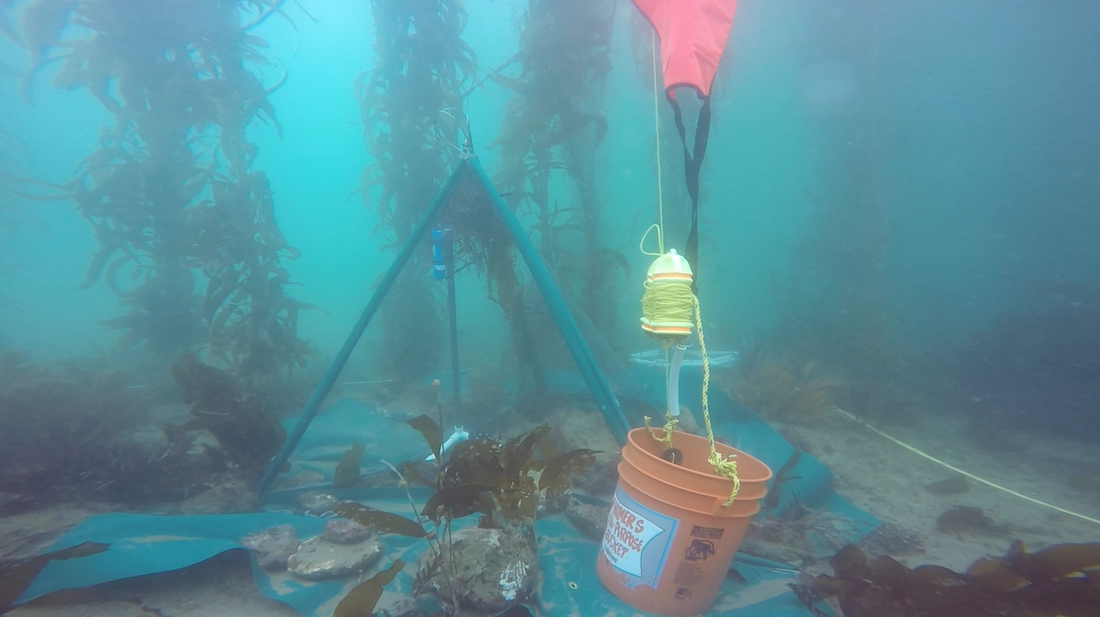
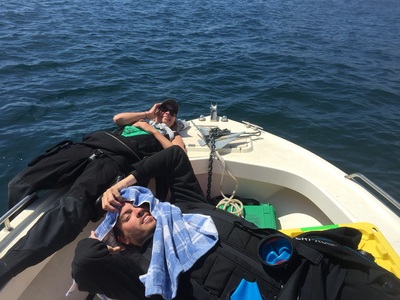
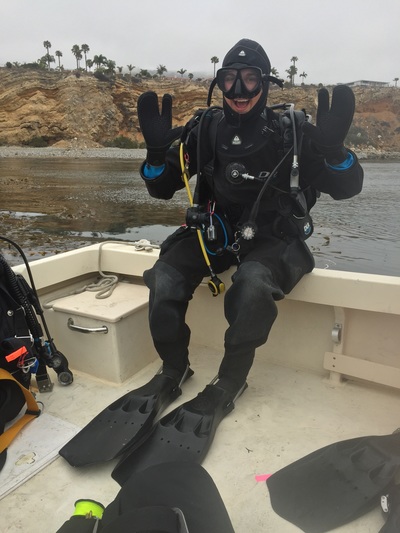
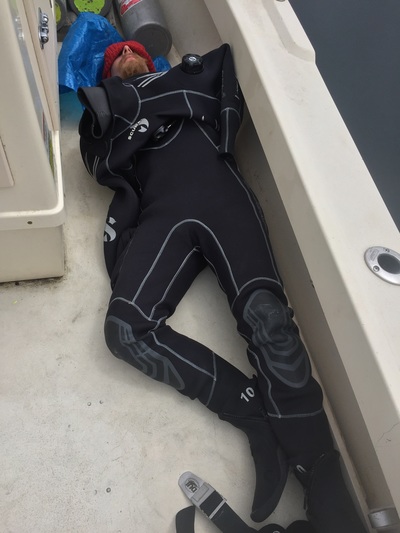
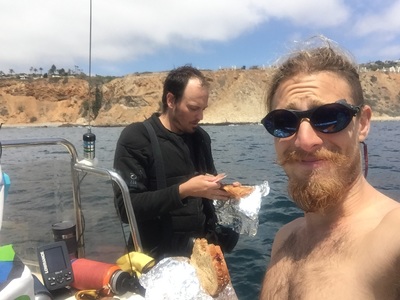
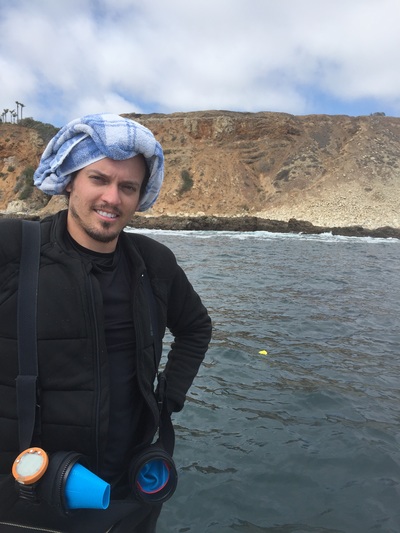
 RSS Feed
RSS Feed
